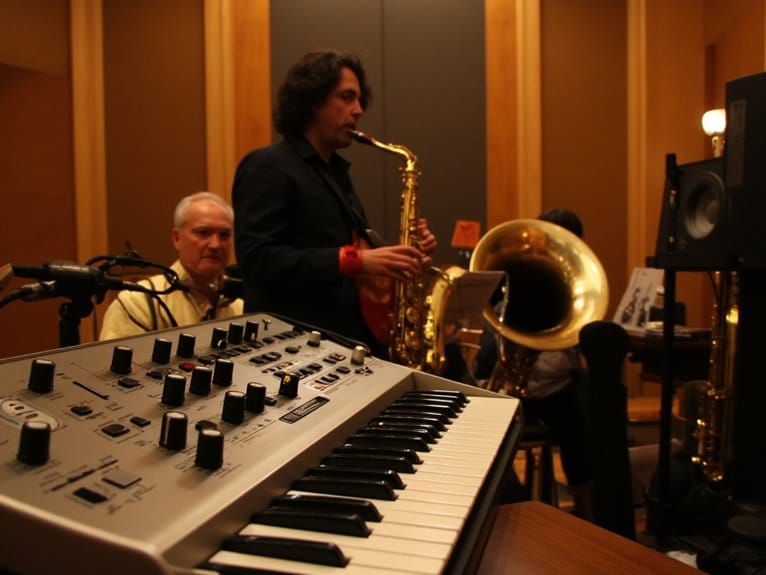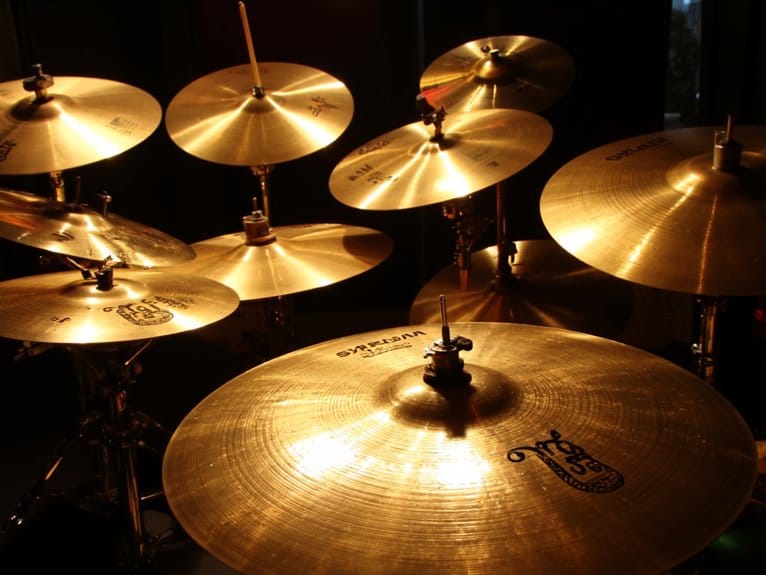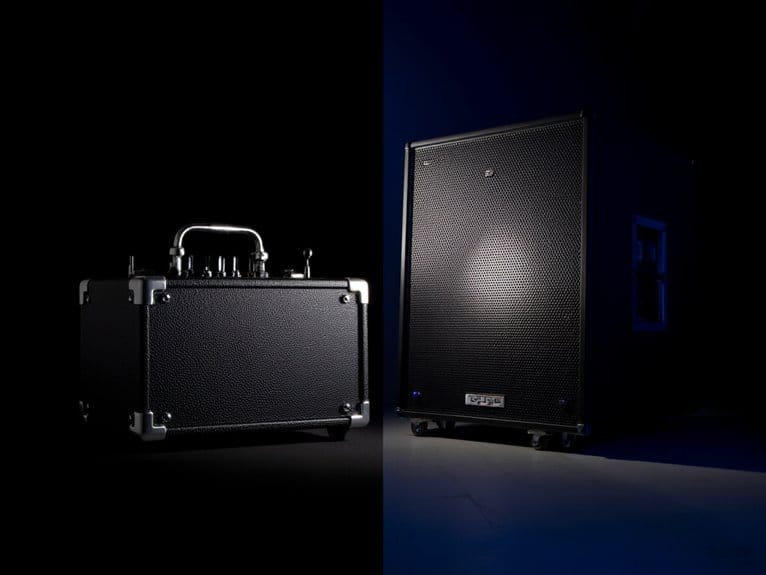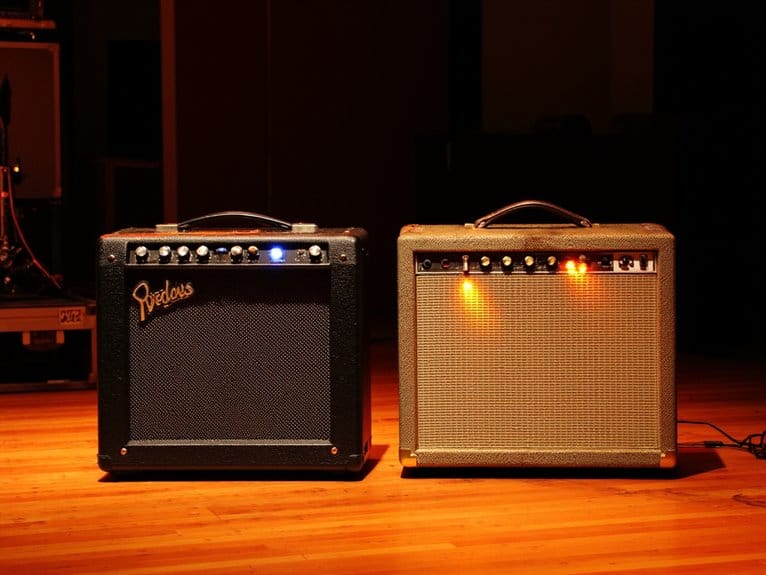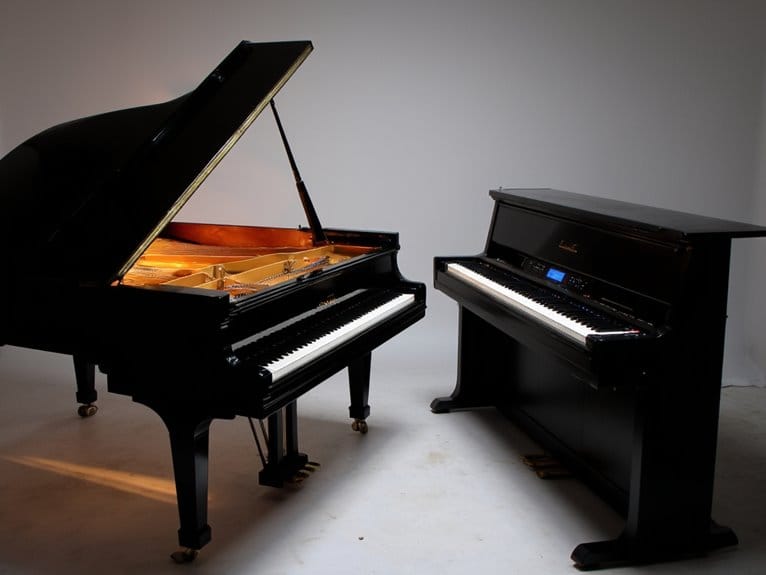Synthesis in Different Musical Genres
You’ll find that synthesis techniques fundamentally define musical genres, with wavetable synthesis powering EDM’s morphing basslines and evolving textures through real-time waveform scanning, while subtractive synthesis shapes classic rock’s warm, sculpted tones using filtered sawtooth waves from vintage Minimoogs. Granular synthesis, meanwhile, creates ambient music’s ethereal soundscapes by reconstructing audio grain by grain, transforming static samples into living textures that breathe organically throughout compositions, and exploring these methods further reveals their profound impact on modern production.
We are supported by our audience. When you purchase through links on our site, we may earn an affiliate commission, at no extra cost for you. Learn more.
Notable Insights
- Wavetable synthesis creates evolving, dynamic sounds in electronic dance music through real-time waveform scanning and morphing capabilities.
- Subtractive synthesis shapes classic rock and pop sounds using analog warmth from vintage synthesizers like Minimoogs and Prophet-5s.
- Granular synthesis transforms static samples into ethereal, atmospheric textures by reconstructing sound grain by grain in experimental music.
- Low-pass filters and ADSR envelopes in subtractive synthesis control brightness and movement, defining characteristic sounds across genres.
- Each synthesis method carries distinct sonic characteristics that fundamentally shape genre identity and influence modern production practices.
Electronic Dance Music and Wavetable Dominance
The dominance of wavetable synthesis in electronic dance music didn’t happen overnight, but once producers discovered its potential for creating evolving, dynamic sounds, there was no turning back.
You’ll find that wavetable evolution has fundamentally changed how EDM tracks breathe and move, with signature pads and aggressive leads that morph seamlessly throughout compositions. Modern synths like Serum have democratized this once-expensive technology, allowing you to scan through collections of single-cycle waveforms in real-time.
The magic happens when dynamic timbres shift continuously without pitch changes, creating those alive-sounding basslines that define contemporary EDM.
I’ve watched producers abandon static oscillators entirely, embracing the morphing capabilities that make tracks feel organically evolving rather than mechanically repetitive.
Classic Rock and Pop Through Subtractive Synthesis
While wavetable synthesis transformed EDM into a morphing sonic landscape, subtractive synthesis carved out its own legendary territory in classic rock and pop by embracing a fundamentally different philosophy-starting with harmonically rich waveforms and sculpting them into musical gold through strategic frequency removal.
I’ve watched countless rock keyboardists craft their signature sounds using this approach, where sawtooth and square waves become the raw materials for expressive leads and warm bass lines.
The analog warmth from vintage Minimoogs and Prophet-5s delivers that unmistakable character you hear throughout classic recordings. This technique emerged from experimental electronic studios that originally focused on telecommunications and military applications before finding its musical voice.
Modern producers often capture these classic synthesizer sounds through audio interfaces that provide the necessary connectivity and recording quality to preserve the analog character in digital workflows. Professional setups typically require +60 dB of preamp gain to effectively capture dynamic microphone signals when recording vocals over these synthesized backing tracks.
Key elements that define subtractive synthesis in these genres include:
- Low-pass filters removing high frequencies for controllable brightness
- ADSR envelopes shaping both amplitude and filter movement
- Pulse-width modulation adding rhythmic motion to melodic textures
- Chorus effects enhancing warmth and presence
- Strategic filtering for proper mix placement alongside guitars
Experimental and Ambient Genres Using Granular Techniques
Moving beyond subtractive synthesis’s frequency-sculpting approach, granular synthesis opens up an entirely different domain where sound becomes something you can literally slice, dice, and reconstruct grain by grain-imagine taking a recording and chopping it into thousands of microscopic pieces, then reassembling those fragments in ways that would make traditional synthesis methods seem almost primitive by comparison.
You’ll find granular textures particularly effective when crafting those ethereal pads that drift through experimental compositions, where grain sizes between 50-100 milliseconds create smooth, flowing atmospheres.
The real magic happens during ambient evolution, as you modulate grain position and density to generate continuously shifting soundscapes that breathe and morph organically, transforming static samples into living, evolving textures that define modern experimental music.
On a final note
You’ve seen how each genre demands its own synthesis approach, and honestly, that’s what makes music production so fascinating yet occasionally overwhelming. Whether you’re crafting EDM’s complex wavetable morphs, sculpting rock’s warm subtractive tones, or exploring ambient’s ethereal granular textures, you’ll find that choosing the right synthesis method isn’t just technical preference-it’s fundamental to capturing each genre’s authentic character and emotional impact.

